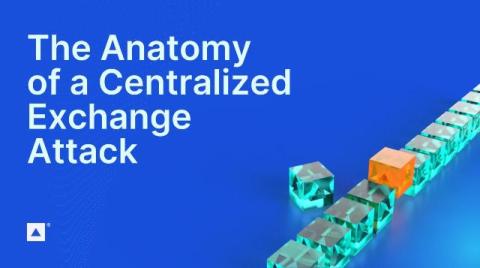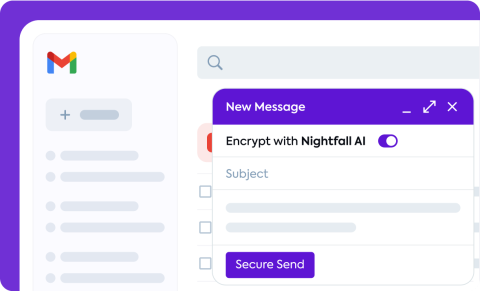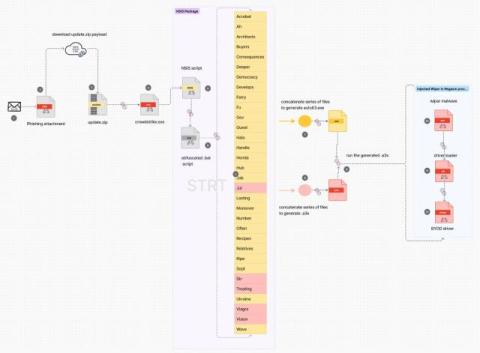Anatomy of a Centralized Exchanges Attack
Recently, there have been a number of attacks on high-profile centralized exchanges (CEXs) in the digital asset space. We feel it is critical to highlight some of the most common attack vectors in this area so that, in the future, CEXs can adequately protect themselves, their institutional trading partners, and their retail customers.











